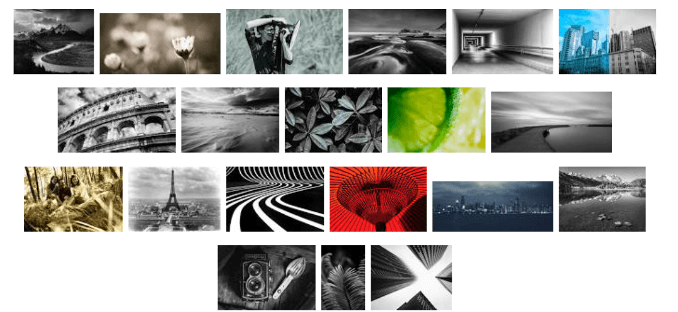What is Monochrome
The diference between Monochrome and black and white
Monochrome can be black and white images, but not all monochrome images are black and white.
Easy isnt it? Got it, ok, not really that easy
Let’s see if we can bring this subject into the greyspace!!

Monochrome defined
Monochrome photography is where each position on an image can record and show a different amount of light, but not a different hue. It includes all forms of black-and-white photography, which produce images containing shades of neutral grey ranging from black to white.
Other hues besides grey, such as sepia, cyan, blue, or brown can also be used in monochrome photography.
In the contemporary world, monochrome photography is mostly used for artistic purposes and certain technical imaging applications, rather than for visually accurate reproduction of scenes.
Corley Rules
Our club rules further attempt to define by stating
“Monochrome is an image displaying a single colour or different shades of a single color.
Monochrome photography is photography in which the entire image is recorded and represented by differing amounts of light instead of different hues. Black and white photography is the most prominent example of monochrome photography, as it represents subjects in varying shades of neutral gray, but includes no other colors.
In monochrome photography, tones of a single color are used to represent all the different colors within an image”
These are all monochrome images
They are all one hue from the very darkest hue of that colour (almost black) to the very lightest hue (almost white).
Perhaps most controversial is the red imonochrome which is a spectrum of reds the darkest appearing black and the lightest appearing almost white.
A word of caution for competitions
Extreme hue images will catch the eye of the judges.
The judge may love it but many will discount the extreme hue.

